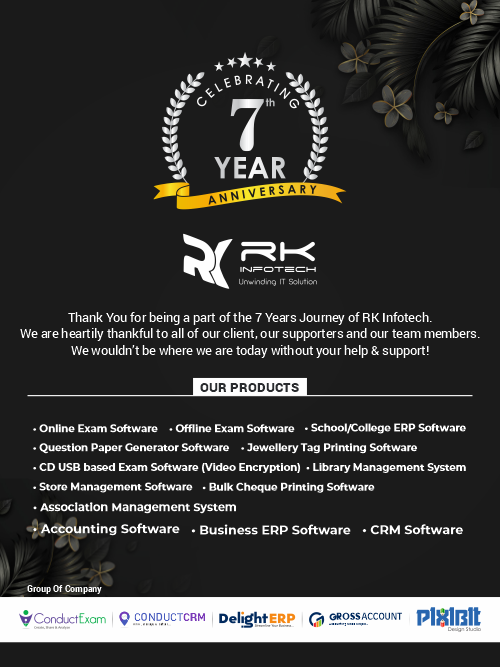Top 8 SEO Techniques to Optimize Your Website
SEO stands for search engine optimization. Search Engine Optimization (SEO) is the practice of optimizing a website to improve its visibility and ranking in search engine results pages (SERPs). It involves various techniques and strategies aimed at making a website more search engine-friendly, thereby increasing its chances of being found by users searching for relevant information, products, or services online.
The primary goal of SEO is to attract organic (non-paid) traffic to a website by ensuring that it appears prominently in search engine results for relevant queries. Since search engines like Google, Bing, and Yahoo are the primary means by which users discover new websites and content, ranking well in search results can significantly impact a website’s visibility, traffic, and ultimately, its success

Here, are some techniques to optimize your website through SEO Strategies:
1. Keyword Research:
Keyword research is a fundamental component of any successful SEO strategy, and it optimizes digital content and improves search engine visibility. Through comprehensive keyword research, businesses can cover valuable insights into popular search queries, search volume trends, and keyword competition. SEO can enable them to prioritize and target high-value keywords that offer the greatest potential for driving organic traffic and conversions. Additionally, keyword research allows businesses to tailor their content strategy to address specific topics and themes that resonate with their audience. Ultimately enhancing their website’s relevance, authority, and ranking position in search engine results pages (SERPs).
2. On-Page Optimization:
By optimizing on-page elements such as titles, meta descriptions, headings, and content, businesses can enhance their chances of ranking higher in search engine results pages (SERPs) and attracting organic traffic. Additionally, optimizing images, URLs, internal linking, and other on-page factors help improve user experience and accessibility, ultimately leading to higher engagement and conversion rates. Incorporating relevant keywords naturally into on-page content while ensuring high-quality, valuable, and user-friendly content is essential for achieving sustainable SEO success. Regularly monitoring and optimizing on-page elements based on performance data and search engine algorithm updates is crucial to maintaining and improving search rankings over time.
3. Quality Content Creation:
Quality content creation is at the core of effective SEO strategies, serving as the cornerstone for attracting and engaging target audiences while simultaneously improving search engine visibility. By producing valuable, relevant, and insightful content that addresses the needs and interests of their audience, businesses can enhance their website’s authority, credibility, and relevance in the eyes of search engines. High-quality content not only satisfies user search intent but also encourages organic backlinks and social shares, signaling to search engines the value and relevance of the content.
4. Mobile Optimization:
With a significant portion of web traffic originating from mobile devices, ensuring that websites are optimized for mobile browsing is critical for enhancing user experience, improving search rankings, and driving conversions. Mobile optimization involves designing websites to be responsive, fast-loading, and user-friendly on various mobile devices and screen sizes. By prioritizing mobile-friendliness, businesses can provide mobile users, reduce bounce rates, and increase engagement and conversions. Additionally, Google’s mobile-first indexing approach considers the mobile version of a website as the primary source for ranking and indexing. Moreover, mobile optimization is a crucial factor for achieving higher search engine visibility and attracting organic traffic.
5. Page Speed Optimization:
Page speed optimization is a comprehensive SEO strategy, as it directly impacts user experience, search engine rankings, and overall website performance. A faster-loading website not only provides a better experience for visitors but also signals to search engines like Google that the site is well-maintained and user-friendly. With Google’s emphasis on delivering the best possible user experience, websites that load quickly tend to rank higher in search results, resulting in increased organic traffic and improved visibility. Therefore, prioritizing page speed optimization through techniques such as minimizing server response time, and optimizing images and files. Moreover, leveraging browser caching, and reducing unnecessary code can significantly enhance SEO efforts and contribute to the overall success of a website.
6. Link Building:
Link building is a crucial aspect of any comprehensive SEO strategy, aiming to enhance a website’s authority and credibility in the eyes of search engines. By acquiring high-quality backlinks from reputable and relevant websites, businesses can improve their search engine rankings and increase their visibility in search results. Additionally, building relationships with influencers, industry leaders, and other website owners can facilitate the acquisition of authoritative backlinks, ultimately driving organic traffic and boosting website authority.
7. User Experience (UX) Optimization:
By prioritizing UX elements such as navigation, fast loading times, mobile responsiveness, and engaging design. Also, businesses can create a positive browsing experience that keeps visitors engaged and encourages them to explore further. Search engines like Google consider UX signals such as bounce rate, dwell time, and mobile-friendliness when ranking websites, making it essential for businesses to invest in UX optimization to improve their search visibility and performance. Ultimately, aligning SEO strategies with UX optimization not only enhances website usability and satisfaction but also contributes to higher rankings, increased traffic, and better conversion rates.
8. Monitoring and Analytics:
Monitoring and analyzing SEO strategies is essential for businesses seeking to optimize their online presence and drive sustainable growth. By regularly tracking key performance metrics, such as organic traffic, keyword rankings, click-through rates, and conversion rates, businesses can gain valuable insights into the effectiveness of their SEO efforts.
Additionally, monitoring SEO performance enables businesses to stay informed about changes in search engine algorithms, industry trends, and competitor activities, allowing them to adapt their strategies accordingly and maintain a competitive edge. Overall, investing in robust monitoring and analytics capabilities empowers businesses to optimize their SEO efforts, enhance their online visibility, and achieve their business objectives effectively.
Conclusion:
Investing in SEO offers businesses a multitude of benefits, including increased visibility, credibility, cost-effectiveness, and competitiveness. By optimizing their digital presence for search engines, businesses can effectively connect with their target audience, drive traffic to their website, and achieve their business objectives. Remember that SEO is an ongoing process, so continue to monitor and optimize your website regularly to maintain and improve your search engine rankings.







